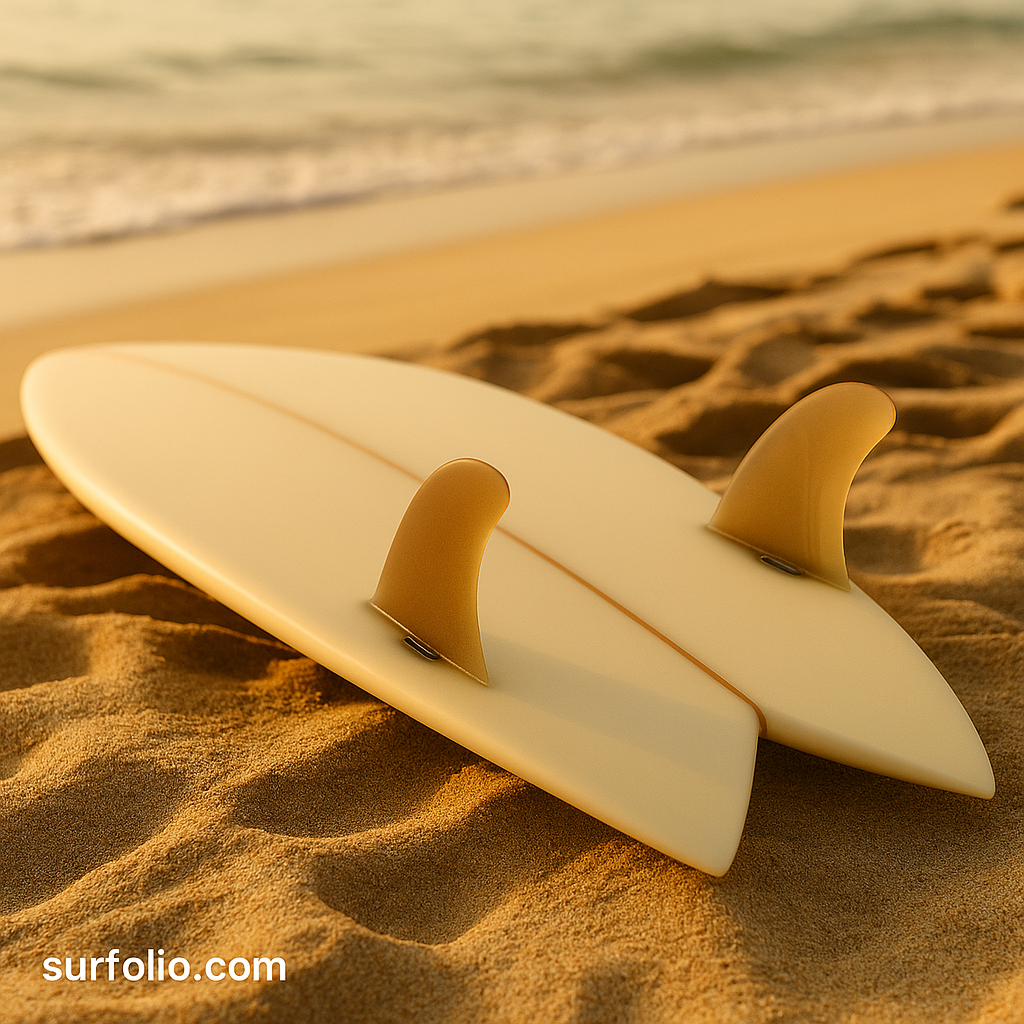
The Fish Board: A Classic That Never Fades
Few surfboard shapes have stood the test of time like the fish. Originally born in the 1970s, this stubby, fast board was designed to make small, mushy waves fun again — and it’s still doing exactly that today.
Fish boards are all about speed, glide, and creativity. Whether you’re cruising waist-high peelers or ripping playful beach breaks, the fish turns ordinary sessions into something special.
The Origins of the Fish
The design came from San Diego shaper Steve Lis, who created the first fish as a kneeboard in the early ’70s. Surfers quickly realized its twin-fin setup and wide tail made it incredibly fast and maneuverable, even on weak waves.
What started as an experimental board soon became a staple — a bridge between classic single-fins and the shortboards that defined modern performance surfing.
Key Features of a Fish Surfboard
1. Wide, Flat Outline
Fish boards are shorter and wider than traditional shortboards. That extra width provides natural stability and float, making them easier to paddle and more forgiving on takeoff.
2. Swallow Tail
The signature swallow tail creates both drive and control. It allows water to flow off each point separately, giving the board more hold and better responsiveness through turns.
3. Twin Fin Setup
Most fish surfboards use twin fins, offering less drag and more speed down the line. The result? Smooth, flowing turns and a skate-like feeling on the face of the wave.
4. Flat Rocker
A flatter rocker means faster paddling and earlier takeoff. The trade-off is less control in steep or hollow waves — but for small surf, it’s unbeatable.
Why Surfers Love the Fish
Fish boards bring a completely different energy to your session:
- Effortless speed even in slow surf.
- Smooth, flowing turns instead of jerky maneuvers.
- More fun, less frustration on small days.
They encourage a looser, more creative approach to surfing — think carves, slides, and flow instead of brute force.
When to Ride a Fish
Fish surfboards shine in knee- to head-high waves, especially at mellow beach or point breaks. They’re perfect for:
- Summer conditions with softer waves.
- Days when your shortboard feels sluggish.
- Intermediate surfers wanting more stability.
Avoid using them in heavy reef breaks or steep barrels — that’s where a shortboard or step-up works better.
Modern Takes on the Fish
Today’s shapers have reimagined the classic fish with:
- Quad-fin options for extra control.
- Hybrid outlines blending shortboard performance with fish speed.
- Epoxy construction for lighter, more responsive rides.
These innovations keep the fish relevant — retro look, modern performance.
Who Should Ride a Fish Board?
- Beginners: Easier paddling and balance.
- Intermediates: A forgiving board for progression.
- Advanced surfers: A fast, fun option for smaller waves.
It’s a board that fits in almost any quiver — your go-to when the surf is fun but not firing.
Final Thoughts
Fish boards remind us that surfing isn’t just about performance — it’s about flow and feeling. They bring out creativity and rhythm in every ride, helping surfers reconnect with what makes the sport pure joy.
If you want to glide, speed, and smile your way through small waves, a fish might be your perfect match.
